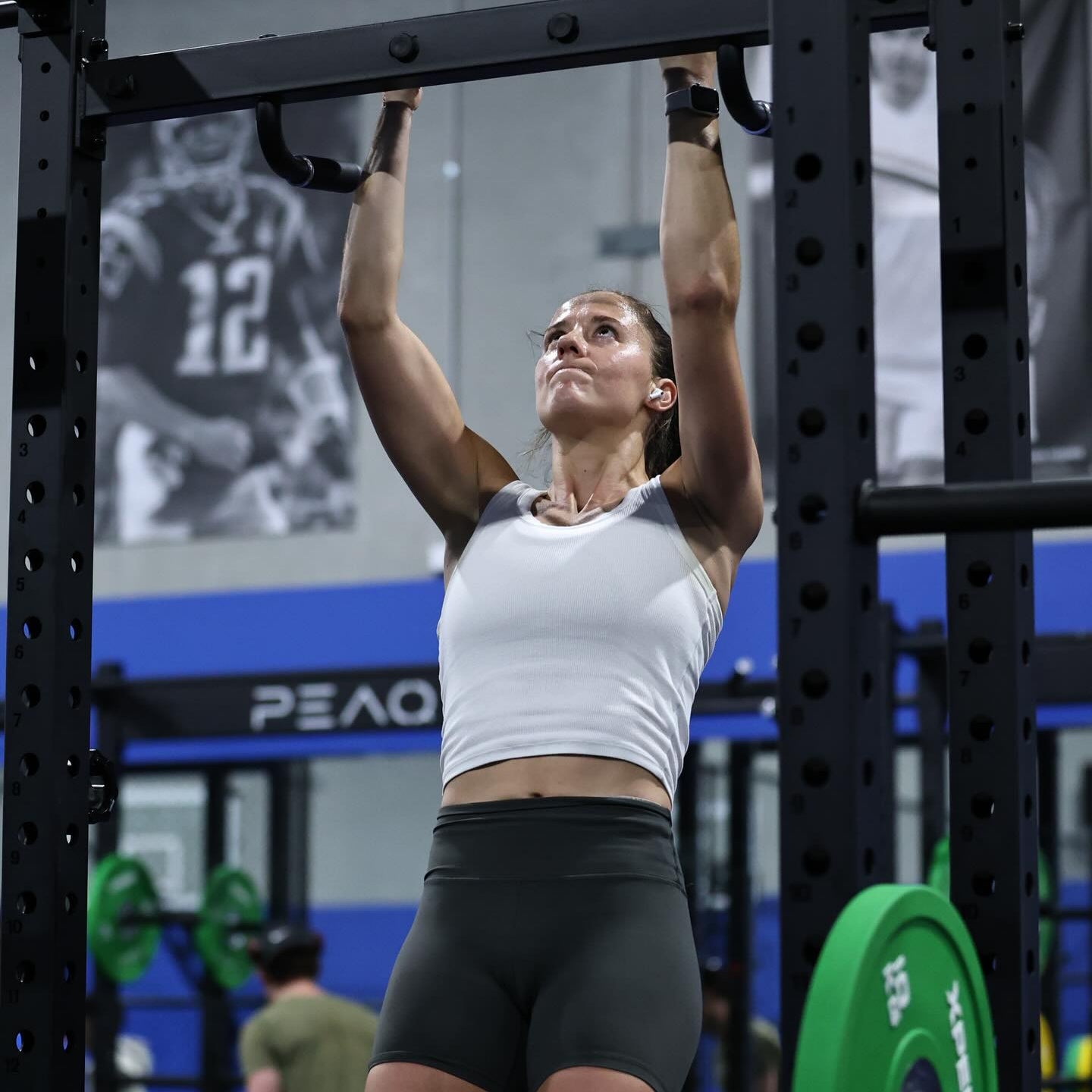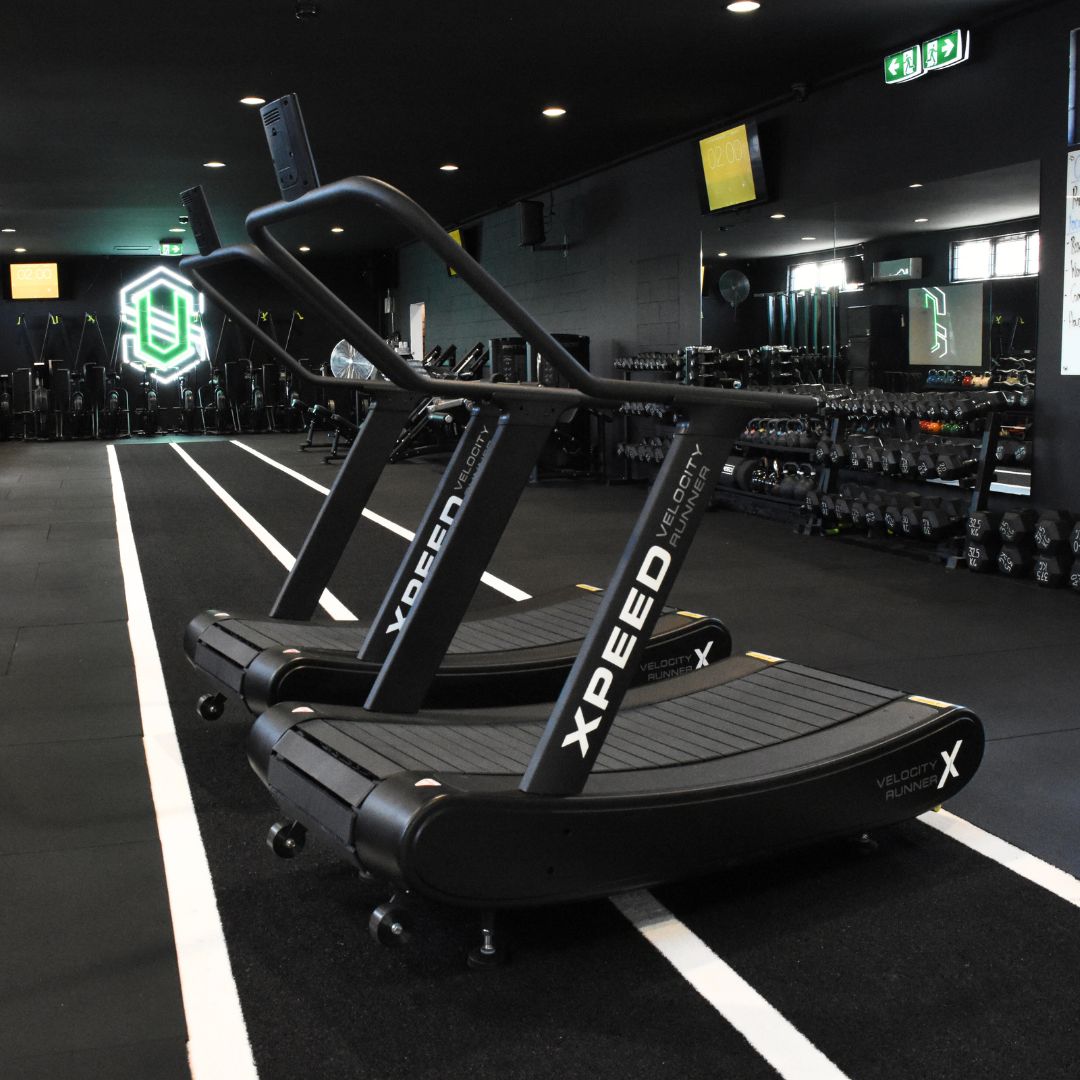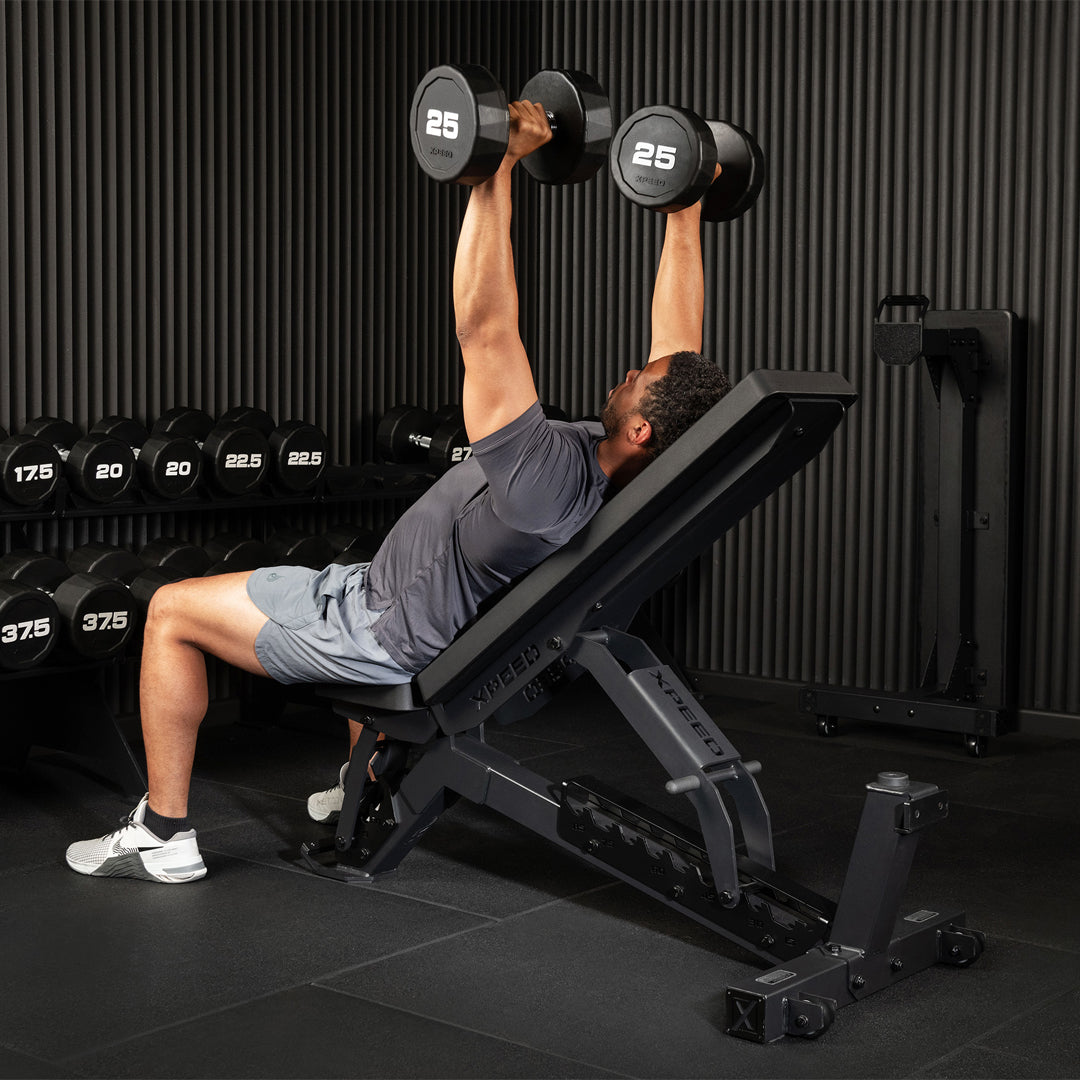Which is Right for You?
This is a common question we hear from our customers when researching equipment for their home setup. In our humble opinion, barbells are one of the centrepieces of a home gym setup. They give you versatility for all types of lifting, from squats to presses to deadlifts.
Recently, our customer Matty W from Adelaide asked:
"What are the benefits of an Olympic barbell compared to a more traditional 25mm barbell?"
As with many gym equipment decisions, what is right for you often comes down to a few key factors: budget, space and your style of training, with a few extra sprinkles of consideration. Mmmm sprinkles.
First up, we’ll explore the differences so you can choose the right bar for your goals.
A Quick Snapshot
|
Feature |
Olympic Barbell
|
Standard 25mm Barbell
|
|
Shaft Diameter |
28mm |
25mm |
|
Sleeve Diameter |
50mm (fits Olympic plates) |
28mm (fits standard plates) |
|
Length |
215cm |
Varies, 5ft, 6ft & 7ft |
|
Load Capacity |
High (often 600kg+) |
Lower (often <200kg) |
|
Sleeve Rotation |
Bearings or bushings for smooth spin |
Fixed, limited spin |
|
Primary Use |
Heavy lifting, Olympic lifts, powerlifting |
General fitness, lighter strength work |
What is an Olympic Barbell?
Oly barbells are the gold standard in weightlifting and strength training. They’re designed to hold Olympic Rubber, Bumper or Competition Bumper plates. They feature a 28mm shaft and 50mm rotating sleeves.
The sleeves rotate thanks to bushings or needle bearings, which reduce torque on your wrists and elbows during explosive lifts like cleans, snatches and jerks. This smooth rotation also helps with powerlifting movements such as squats, bench presses and deadlifts.

They’re built to handle serious weight, often upwards of 600kg and are made with high tensile steel for durability. Olympic bars also have a textured grip called ‘knurling’, this is strategically placed along the shaft of the bar to give you secure hand placement.
Olympic barbells are what we’d call a long-term investment, especially if you’re chasing performance and versatility. If you want a comprehensive breakdown of barbells here checkout the Xpeed Barbell Buyers Guide.
What is a Standard 25mm Barbell?
The traditional 25mm “standard” barbell is generally a more affordable option. It has a 25mm shaft with fixed 28mm sleeves suitable for standard weight plates.
These bars are usually shorter in length, which can make them easier to store and manoeuvre in smaller spaces. Load capacity is lower, generally under 200kg, making them better suited for beginners, casual strength training, or rehabilitation work.
They don’t have the same sleeve rotation as Olympic bars, which means they’re not ideal for high-speed lifts, but they still work well for basic exercises like curls, presses, rows and light squats.
|
Olympic Barbell Benefits If you’re weighing up whether to invest in an Olympic barbell, here are some benefits to consider:
|
When a 25mm Bar Still Works Not everyone needs an Olympic barbell straight away. A 25mm barbell can still be the perfect fit if:
|
Which Bar is Right for You?
Choosing between an Olympic barbell and a 25mm bar comes down to your goals, budget and training style.
- If you’re serious about strength training, lifting heavy, or learning Olympic lifts, go Olympic.
- If you’re training casually, have limited space, or are on a budget, start with a 25mm bar and build from there.
Remember, it’s not about what’s “better” overall, but about what’s better for you right now.
Final Word
Your barbell is more than just a piece of steel, it’s the backbone of your training setup. Whether you choose the versatility and performance of an Olympic bar or the simplicity of a standard 25mm, the best bar is the one that keeps you lifting consistently and safely.
If you’re ready to explore your options, check out our Olympic Barbell Range and Standard Barbell Range to find your perfect match.

Written by Xpeed Brand Manager, Simon Mitchell. Simon has a Bachelor of Human Movement, is a certified FMS trainer and has worked in the fitness industry since 2003. Simon started his fitness journey as a trainer with iNform Health and Fitness before moving into commercial radio and then back into fitness with Bodyism in the United Kingdom and Australia. A career highlight was being one of Daisy Ridley's personal trainers on Star Wars IX - The Rise Of Skywalker.

















